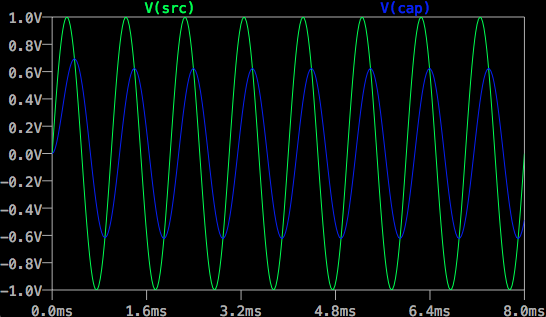
Working with many customers and on various projects, we have come to the realization that not all people are aware of the feedback, its purpose and impact it has. We’ll cover the difference between positive and negative loops, why many organizations use it and what you should do in order to start implementing this powerful tool in your organization or company. In business manner, this refers to the process of using customer or employee feedback (the outputs of a service or product), to create a better product or workplace, all with an aim of improving the employee and customer satisfaction, and therefore the entire business.

Many areas are covering feedback loops, such as social, biological, behavioral, economic etc. This basically means that the outputs coming out from any system are gathered and used as inputs, making a complete circle and therefore working on the constant improvement of the system. Simply said, a feedback loop is a process in which the outputs of a system are used as a beginning of a new process – reinventing and improving the one in the starter place. Well, what are feedback loops and why are they important? Feedback loops are best described through an ideology that advocates constant improvement and prospers, as any person, organization or a company that follows this business ideology must include feedback loops in all of their processes. Now, you are either quite confused or eager to know more about some “feedback loops” everybody has been talking about lately.

However, the occurrence of unexpected behaviours provides information that challenges the hypothesis, and may lead to having to discard it.You probably have heard about feedback and you definitely have experienced it – even though you might haven’t been aware of some specific times you were receiving or giving it. Such models should generate the desired behaviour as a first and necessary step to support the viability of the hypothesis. The paper concludes that, with the Qualitative Reasoning method, models can be constructed for hypothesis testing. The causal account of this true negative denotes and explains a flaw in the siphon-hypothesis. However, the qualitative model also exhibits a contradictory behaviour (true negative) that challenges the hypothesis consistency. Parts of the simulation results show that the hypothesis is qualitatively accurate in particular the model produces a cyclic behaviour that matches with the observed one. In our approach, a Qualitative Reasoning method (and hence a qualitative model) is used to test the ‘siphon-hypothesis’, which traditionally explains the oscillations of the flow rate of a periodic spring by the principle of filling and emptying an underground reservoir through a siphon action. As a test case, we refer to the study performed by Mangin (1969) with scale models to investigate the hidden mechanism of the Fontestorbes fountain, a spring that exhibits a periodic flow situated in the south of France.

This paper demonstrates the utility of the Qualitative Reasoning approach for hypothesis testing in the domain of ecology regarding the functioning of ‘black box’ systems.


 0 kommentar(er)
0 kommentar(er)
